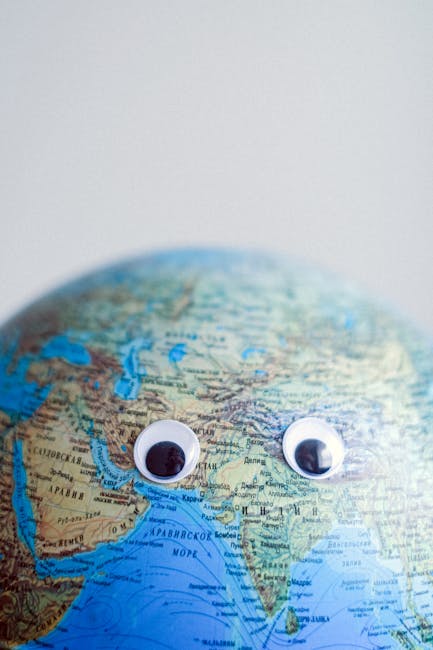A lost people, a forgotten lineage—what their bones tell us about who we are.
6/8/2025 | Science | AU
It's a humbling thought: beneath our feet lie fragments of lives erased by time, their stories buried in dirt and decay. Yet sometimes, as in the case of 6,000-year-old skeletal remains recently uncovered in Colombia's Bogotá Altiplano, the earth offers up more questions than answers. Here was a people who transitioned from nomadic hunter-gatherers to early agriculturalists—then vanished without genetic trace. Their DNA connects to no living population, existing only as spectral outliers in humanity's family tree.
The emotional weight of this discovery lingers like morning fog over those Andean highlands. For indigenous communities across the Americas, genetic research often resurrects old wounds—colonial narratives that framed native peoples as disappearing or primitive. Now science reveals actual disappearance, but of a different kind: not through conquest, but through some silent, prehistoric dissolution we don't yet understand.
There's hypocrisy in how we approach such findings. Museums proudly display reconstructions of "ancient Americans" while living indigenous groups still fight for land rights. Laboratories extract DNA from bones with precision unmatched in safeguarding the cultural heritage of present-day descendants. We chase the ghosts of genetics even as we neglect the living traditions that might hold oral histories of these vanished people.
For geneticists, this Colombian mystery represents tantalizing professional frustration. Dr. Maria Nieves-Colón, a population geneticist not involved in the study, explains: "Every time we think we have a map of early American migration, discoveries like this burn it. We assumed thorough mixing between populations, but here we see a line that simply... ends." The statistical models predicting genetic drift didn't account for entire groups dissolving without descendants.
The human impact transcends academia. Consider Lía, a college student in Bogotá studying indigenous linguistics, who first heard about the discovery on social media. "My grandmother's people are Muisca," she says. "We grew up knowing these mountains were always home. Now science tells me there were others before us whose names we'll never know. It makes our own history feel... borrowed." Her unease mirrors broader societal tensions—the 2020s surge in genetic ancestry testing has left many questioning what "native" truly means when the genetic past keeps rewriting itself.
Historical context deepens the intrigue. Around 16,000 years ago, the ancestors of Native Americans crossed Beringia from Siberia. By 12,000 years ago, they'd reached South America—a blink in evolutionary time. The Anzick-1 infant found in Montana, dating back 12,700 years, shares DNA with modern indigenous groups from Alaska to Chile. But these Colombian remains occupy a later era (6,000-500 years ago) and show no such continuity. Did disease wipe them out? War? Or did they simply blend into neighboring groups so completely that their genetic signature diffused beyond recognition?
Statistics underscore the anomaly. Modern Chibchan speakers in Panama share partial ancestry with the ancient Colombians, but the match isn't direct. Roughly 40-60% of their DNA derives from still-unidentified sources according to genomic estimates. Like finding a puzzle piece that fits two different pictures halfway, the data suggests migrations and mixtures far more complex than textbook Clovis-first models.
Scientists emphasize the need to study western Venezuela and Ecuador next—regions that might hold missing links. But fieldwork faces ethical dilemmas. "We can't just extract DNA like mineral samples," warns anthropologist Eduardo Sandoval. "These remains represent someone's ancestors, even if we can't name whose." Institutions increasingly require indigenous consultation before studying ancient remains, though defining which modern groups "own" long-vanished populations remains contentious.
A parallel emerges with the Kennewick Man controversy, where 9,000-year-old North American remains sparked legal battles between scientists and tribes. Genetic testing eventually confirmed links to present-day Native Americans, but the Colombian case offers no such resolution—just silence where ancestry should speak.
Perhaps the greatest lesson lies in humility. In an age where political rhetoric weaponizes terms like "native" and "indigenous," these bones whisper that human history resists simple categories. Migration waves overlapped, mixed, faded; identities formed and dissolved. The Colombian highlands may yet yield more secrets, but for now, we're left with a profound truth: some stories survive only as absence, reminding us how much of the human experience remains beyond recovery.
As sequencing technologies improve, so too will our ability to glimpse these lost narratives. But will we listen—not just to the genes, but to the living cultures who might carry echoes of the vanished? The past isn't finished speaking, if we have the wisdom to hear it.
By Tracey Curl, this article was inspired by this source.













